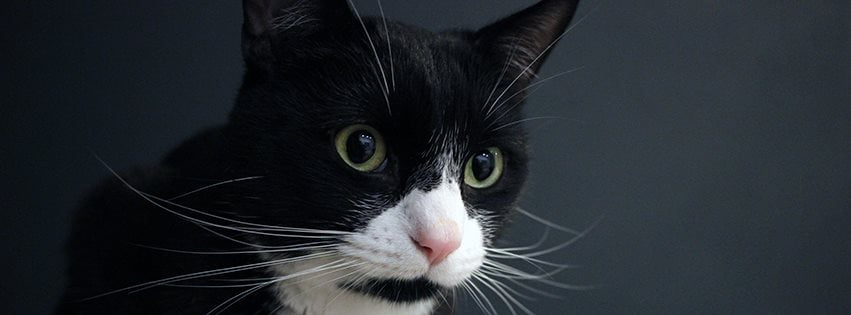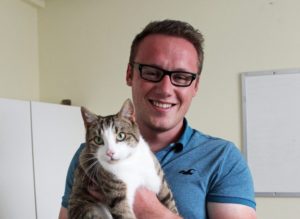A potential cure for heart disease

A new breakthrough in creation of feline stem cells could help develop cure for heart disease in cats and humans.
In what is believed to be a world-first, researchers have identified the conditions required to generate pluripotent stem cells from domestic cats, a finding which could have significant benefits for feline and human health.
 The Royal Veterinary College (RVC), in association with Together for Animals member the Animal Health Trust (AHT), The Beryl Evetts and Robert Luff Animal Welfare Trust (BERLAWT) The Winn Feline Foundation and Boehringer Ingelheim, have created these cells as part of a study into feline hypertrophic cardiomyopathy (HCM).
The Royal Veterinary College (RVC), in association with Together for Animals member the Animal Health Trust (AHT), The Beryl Evetts and Robert Luff Animal Welfare Trust (BERLAWT) The Winn Feline Foundation and Boehringer Ingelheim, have created these cells as part of a study into feline hypertrophic cardiomyopathy (HCM).
Hypertrophic cardiomyopathy (HCM) is a common and severe heart condition affecting about 15% of the feline population in the UK; translating to over 1 million cats. It is caused by genetic mutations which affect the heart muscle cells. To date, there are no treatments proven to stop or reverse it, leading to a very poor prognosis for affected cats and significant upset for their owners.
This is partly because a major issue with studying heart diseases at a cellular level is that heart muscle cells do not survive in a laboratory environment. When studying human heart cells, this has been overcome by turning ordinary skin cells into pluripotent stem cells (cells able to turn into any tissue in the body). These are termed ‘induced pluripotent stem cells’, or iPSCs. It is then possible to generate heart muscle cells to study from these iPSCs.
Dr Luke Dutton, author of the study, said: “This is an incredibly exciting project, which is only made possible by the generous funding of the BERLAWT, Boehringer Ingelheim and The Winn Feline Foundation. Not only is this study the first reported generation of iPSCs from domestic cats, but these cells can now be used in a novel disease model. This will allow us to study the disease processes present in these cats in ways that have not been possible with the ultimate goal of identifying new therapeutic agents that may slow or even stop the disease process. We would then hope to translate these agents into the feline clinic.”
This is an incredibly exciting project, which will allow us to study the disease processes present in these cats in ways that have not been possible with the ultimate goal of identifying new therapeutic agents that may slow or even stop the disease process.
The research, carried out by Dr Luke Dutton under the supervision of Professor David Connolly, Dr Jayesh Dudhia and Dr Debbie Guest, as part of his PhD at the RVC in collaboration with AHT, has now identified the conditions required to create iPSCs from domestic cat cells. While creating iPSCs has been done before in wild cats, it is believed that Dr Dutton’s breakthrough in creating iPSCs from domestic cat cells is a world first. This breakthrough sets the scene for further research into how to turn these iPSCs into heart cells and then, once successful, testing drug therapies that could improve outcomes for cats with HCM.
Furthermore, the translational benefits of this project are potentially very significant, as around 1 in 500 people in the UK have HCM, and the condition manifests in humans in the same way. If the therapies that researchers test on feline heart cells turn out to be effective, this sets the stage for testing these treatments on humans.
This is the first report on the successful generation of domestic cat iPSCs. These cells not only bring hope to cats suffering from HCM, but allow our member, the Animal Health Trust, to develop new tools to study conditions affecting other tissue types in the future.


